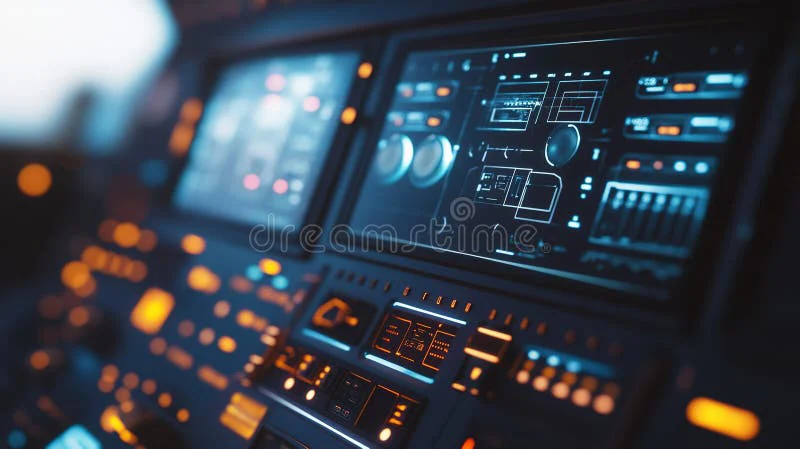ADVANCE FLYING ACADEMY
Aircraft tracking systems are technologies used to monitor and track the position and movement of aircraft in real-time. These systems are critical for aviation safety, air traffic control, and operational management. There are several types of aircraft tracking systems in use today:
1. Radar-based Systems
- Primary Radar: Detects aircraft by sending out a signal and measuring the reflection from the aircraft. It's used for general surveillance but has limitations in detecting small or low-flying aircraft.
- Secondary Radar (SSR): Communicates with transponders on the aircraft. It provides more precise data, including identification and altitude.
2. Automatic Dependent Surveillance-Broadcast (ADS-B)
- ADS-B Out: Transmits information about the aircraft’s position, velocity, and other flight data to ground stations and other aircraft. This is based on GPS, and it provides more frequent and accurate tracking data than radar.
- ADS-B In: Allows aircraft to receive information from other aircraft and ground stations, improving situational awareness.
3. Aircraft Communications Addressing and Reporting System (ACARS)
- A digital communication system that allows aircraft to communicate with ground stations for purposes such as flight status updates, weather information, and engine performance data. ACARS can also relay position information.
4. Satellite-based Systems
- Global Positioning System (GPS): Aircraft equipped with GPS provide precise location data, which can be transmitted via satellite for real-time tracking.
- Iridium and other satellite networks: Some aircraft use satellite communication systems to transmit real-time data, especially in remote or oceanic regions where ground-based radar coverage is limited.
5. Multilateration (MLAT)
- A ground-based tracking method where several receivers, placed at different locations, triangulate the position of an aircraft based on the time difference of signals received. It's often used for tracking aircraft in areas where radar coverage is limited.
6. Flight Data Monitoring Systems
- These systems capture and record a variety of aircraft performance metrics during a flight, including speed, altitude, engine performance, and flight path. This data can be used for monitoring and analysis, but it's not typically used for real-time tracking.
7. Flight Tracking Apps & Websites
- Various third-party services, such as FlightRadar24 and PlaneFinder, aggregate data from ADS-B, radar, and satellite systems to offer live tracking of flights. They often provide a map view of flights, including details like aircraft type, flight number, and estimated time of arrival.
8. Integrated Air Traffic Control Systems
- Air traffic control systems combine multiple data sources, including radar, ADS-B, and satellite systems, to manage the safe and efficient movement of aircraft within controlled airspace.
These tracking systems have become increasingly critical for improving safety, efficiency, and response capabilities within the aviation industry. The future of aircraft tracking is focused on improving accuracy, coverage, and data integration across different platforms and technologies.
CLICK 👉 download 300 aviation books just 1 MB
CLICK 👉 AIRBUS A320 COURSE
CLICK 👉 BOEING 737 PILOT COURSE
CLICK 👉 BOEING 747 PILOT COURSE
CLICK 👉 BOEING 757 PILOT COURSE
CLICK 👉 BOEING 767 PILOT COURSE
CLICK 👉 BOEING 777 PILOT COURSE
CLICK 👉 BOEING 787 PILOT COURSE
CLICK 👉 CESSNA 150 PILOT COURSE
CLICK 👉 CESSNA 152 COURSE
CLICK 👉 CESSNA 162 SKYCATCHER
CLICK 👉 CESSNA 172N SKYHAWK
CLICK 👉 CESSNA 172S COURSE
CLICK 👉 CESSNA 182T SKYLANE
CLICK 👉 ROBINSON R22 COURSE
CLICK 👉 ROBINSON R44 RAVEN II

